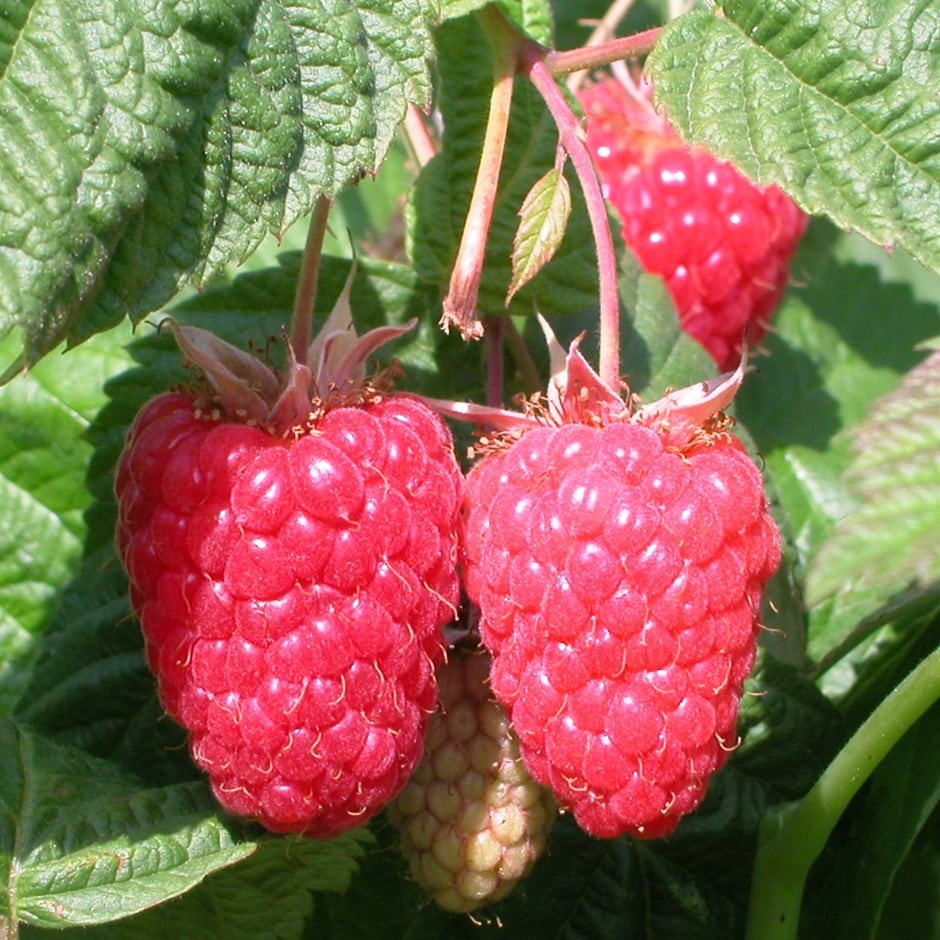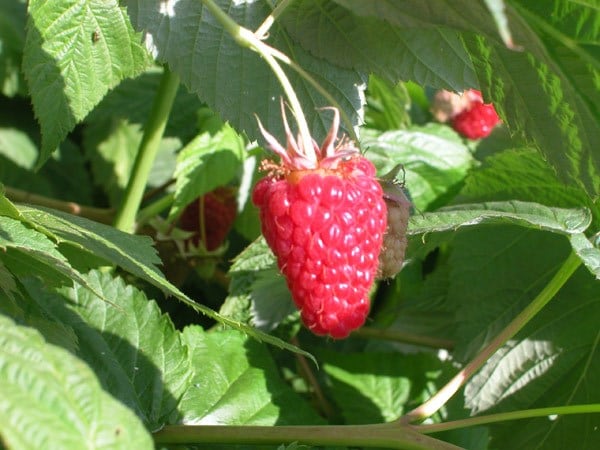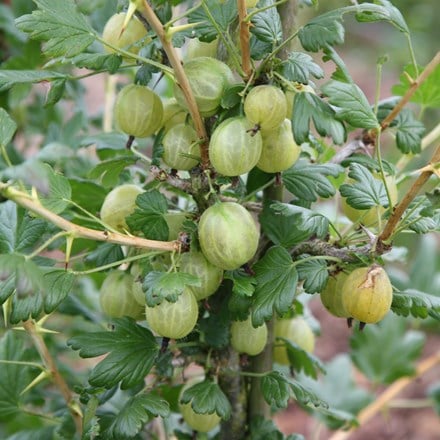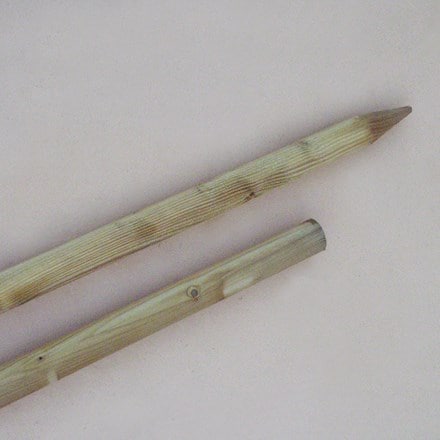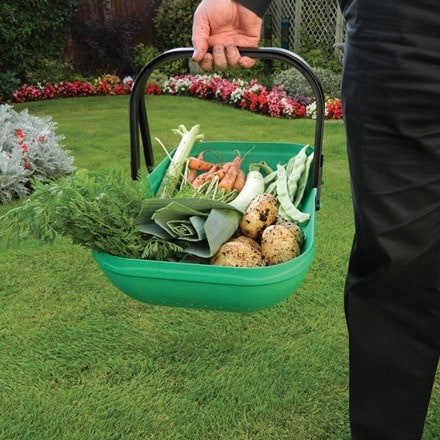raspberry 'Cascade Delight'
raspberry - summer fruiting
- 5 × bare root canes
- £17.99 £3.60 each
- available to order from autumn
- 10 + 5 FREE bare root canes
- £35.98 £2.40 each
- available to order from autumn
Delivery options
- Standard £5.99
- Position: full sun
- Soil: fertile, well-drained soil
- Rate of growth: fast-growing
- Hardiness: fully hardy
Bred in the USA, this highly productive and very vigorous variety shows an excellent resistance to root rot, making it the best choice for areas with badly drained soils. The fruits appear late in the season, and are about 20% larger than many other varieties. They have a long, conical shape, a glossy skin, and a firm flesh, which means they will last well after being picked. - Garden care: Find a sunny spot and prepare a bed by clearing it of weeds and digging in lots of composted manure. The canes will need to be tied onto a sturdy support, so if you have the space, hammer in two robust tree stakes about 3m apart and string two or three heavy-gauge wires between them. Dig a wide, shallow trench, sprinkle with bonemeal and plant the canes at 45cm intervals, (subsequent rows should be 1.8m apart), carefully spreading out the roots and back-filling with soil. You should be able to see the old soil mark on the stems, so aim to replant the same depth. After planting cut the canes back to around 15cm from their base and apply a generous layer of mulch in spring. As the new canes emerge, they can be tied onto their support as they grow. Feed during the growing season with a general purpose fertiliser and water regularly during the summer. You may need to protect the ripening fruit from being eaten by birds. Plants fruit on one-year-old wood, so the new canes need to be separated from the fruiting ones. The easiest way to do this is to tie in the new canes onto one side of the wire, keeping the fruiting stems on the other. After cropping, cut the fruiting canes down to the ground and tie in the new ones that have grown that year.
